Abandoned palaces, once symbols of wealth, power, and grandeur, now stand as haunting reminders of history’s passage. These palatial structures, left to decay over the centuries, tell fascinating stories of royalty, architectural brilliance, and the forces that led to their downfall. Some have been ravaged by war, others by natural disasters, while many have simply been forgotten as times changed. Despite their ruined state, they continue to captivate with their ghostly beauty, drawing tourists and historians alike. Each of these forgotten monuments provides a unique glimpse into the lavish lifestyles of the past and the impermanence of even the most extravagant of constructions.
Jal Mahal, Jaipur, India
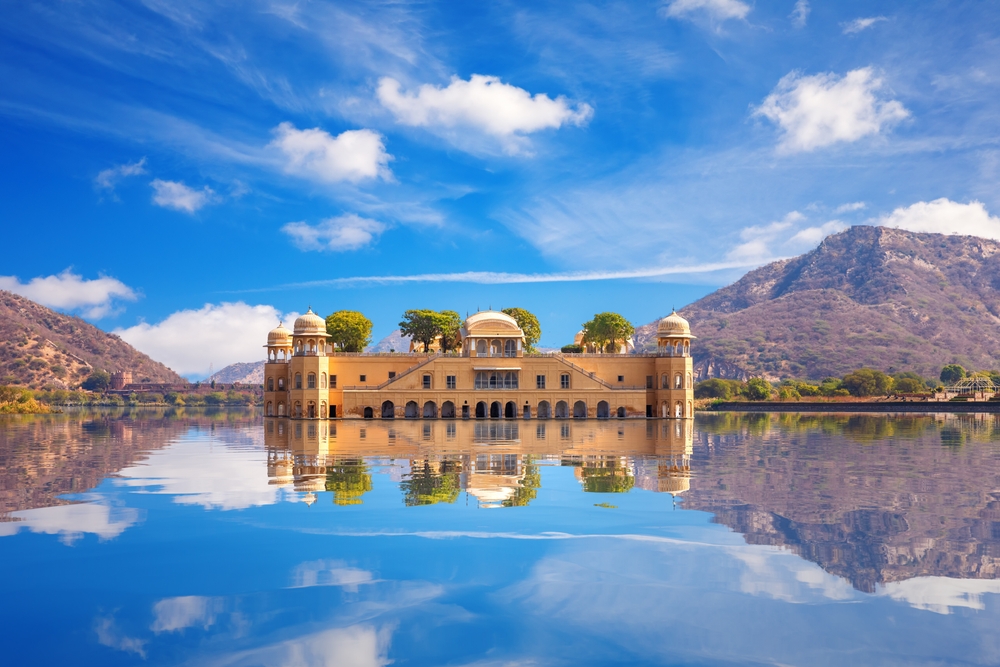
Jal Mahal, a stunning palace located in the middle of Man Sagar Lake in Jaipur, India, was once a lavish retreat for local royals. Built in the 16th century, this floating palace was used as a hunting lodge and a place for royal picnics. Over time, due to the construction of dams and expansion of the lake, much of the palace submerged, leaving only the top floor visible. Though there were plans to restore the palace and transform it into a luxurious venue, these projects were stalled, and the palace remains abandoned. Today, it is a haunting reminder of Jaipur’s royal history. In recent years, there has been renewed interest in reviving the palace as a tourist destination. However, as of now, it remains inaccessible to the public and continues to deteriorate beneath the water’s surface.
Sans Souci Palace, Milot, Haiti
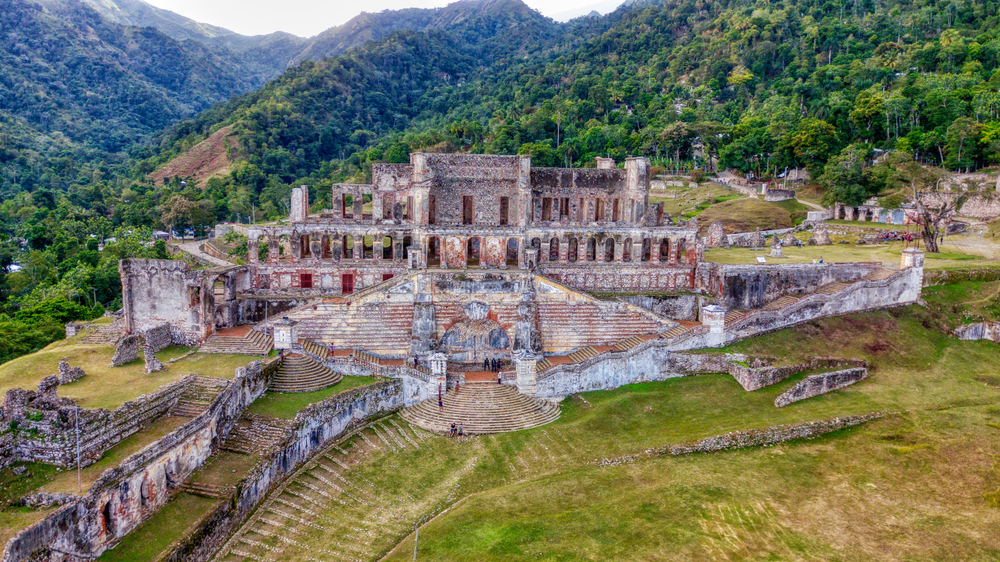
Sans Souci Palace, built by King Henri Christophe in 1813, was the pride of Haiti and often referred to as the “Versailles of the Caribbean.” King Christophe, a former slave who crowned himself king, used the palace to showcase Haiti’s newfound independence. However, his rule was cut short when he committed suicide following a stroke, and the palace fell into disrepair soon after. In 1842, a massive earthquake caused significant damage to the structure, leading to its abandonment. The palace now stands in ruins, a powerful symbol of Haiti’s turbulent history. In 1982, the site was declared a UNESCO World Heritage Site, but despite its historical importance, restoration efforts have been slow. Even today, its dilapidated state draws tourists interested in Haiti’s revolutionary past and architectural grandeur.
Duckett’s Grove, Carlow, Ireland
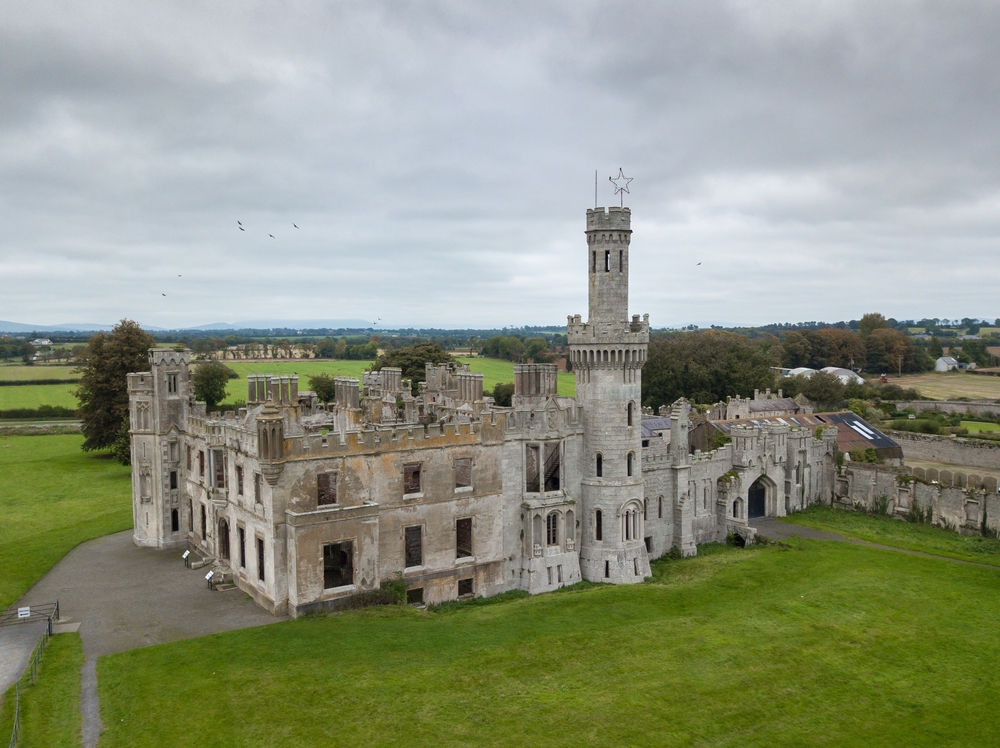
Duckett’s Grove, built in the 18th century, was once the grand residence of the Duckett family, who owned a massive 12,000-acre estate in Carlow, Ireland. The Gothic Revival castle was a symbol of the family’s wealth and social status, featuring turrets, towers, and lavish gardens. Unfortunately, after a fire ravaged the building in 1933, the estate was left in ruins. Today, the skeleton of Duckett’s Grove stands as a hauntingly beautiful reminder of the area’s aristocratic past. The castle is now open for visitors, and its grounds host events such as farmers’ markets and festivals. Despite its tragic history, it remains a popular destination for both tourists and locals intrigued by its eerie beauty.
Pidhirtsi Palace, Lviv, Ukraine
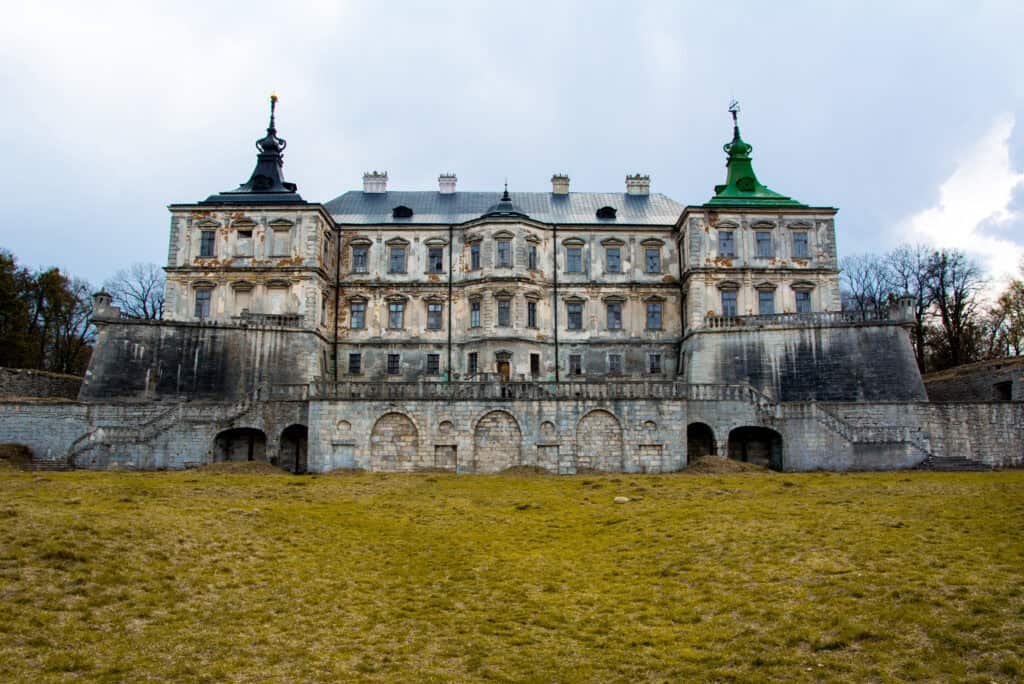
Pidhirtsi Palace in Lviv, Ukraine, was built in the 1630s as a luxurious residence for Polish military commander Stanisław Koniecpolski. It was known for its magnificent Baroque architecture, grand gardens, and extensive art collection. However, during World War I, the palace was severely damaged by looting, and later, it was converted into a tuberculosis sanatorium during World War II. In 1956, a fire gutted the palace, and it was subsequently abandoned. Although there have been efforts to restore the palace, its grandeur is a shadow of what it once was. Today, it serves as a tourist attraction, and despite its state of decay, it remains a powerful symbol of Eastern European history. Plans for its full restoration are still under discussion.
Gbadolite, Nsele, Democratic Republic of the Congo

Gbadolite, also known as the “Versailles of the Jungle,” was the grand palace of Mobutu Sese Seko, the long-reigning dictator of Zaire (now the Democratic Republic of the Congo). Built in the 1980s, the palace complex included a luxurious residence, a nightclub, and even an international airport. However, after Mobutu’s fall from power in 1997, the palace was looted and abandoned. Today, it lies in ruins, overgrown by the jungle and haunted by the legacy of one of Africa’s most notorious dictators. Despite the palace’s once extravagant nature, it now serves as a stark reminder of the excesses of Mobutu’s regime. Efforts to preserve the site are limited, and its future remains uncertain.
Swannanoa Palace, Virginia, USA
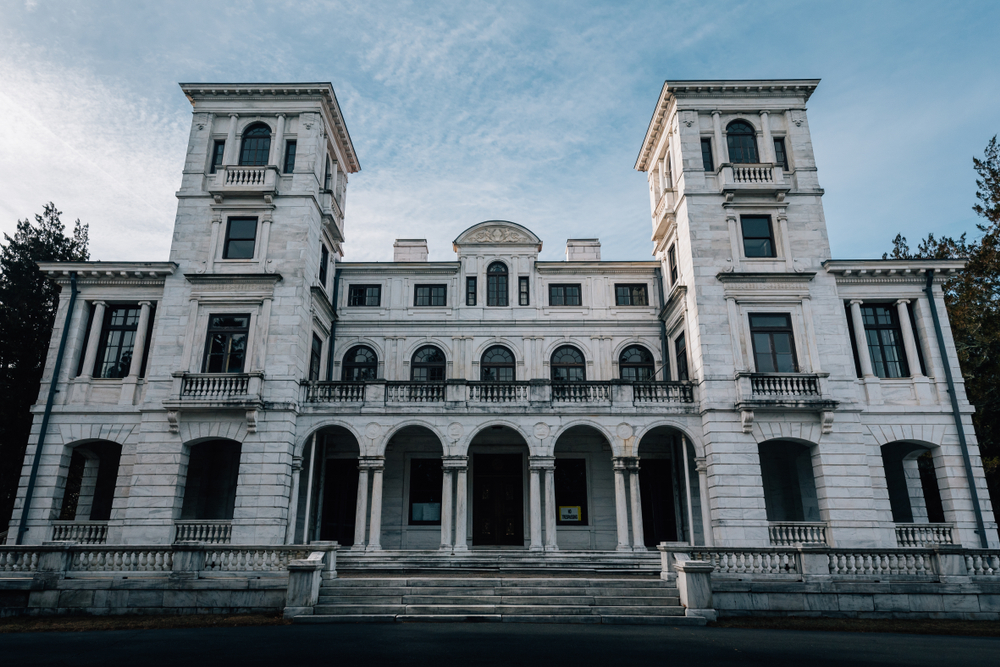
Swannanoa Palace, nestled in the Blue Ridge Mountains of Virginia, was built in 1912 by millionaire James H. Dooley as a testament to his love for his wife. Modeled after the Villa Medici in Rome, the mansion was adorned with marble, a 4,000-piece Tiffany window, and intricate European artwork. After the Dooleys passed away, the palace changed ownership several times and was eventually abandoned in the 1980s. Today, it stands as a crumbling relic of America’s Gilded Age. Despite its dilapidated state, it hosts occasional tours and events, drawing visitors curious about its lavish past. Restoration efforts have been sporadic, leaving the fate of this grand estate uncertain.
Sammezzano Castle, Leccio, Italy
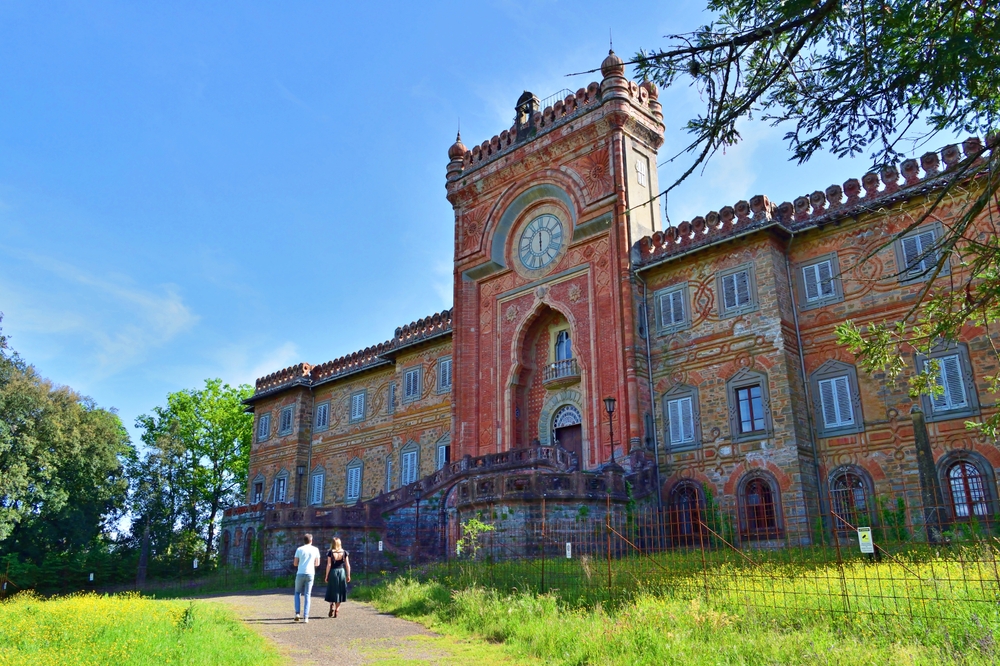
Sammezzano Castle, located just outside Florence, Italy, is a 365-room marvel of Moorish architecture built in the 1600s. Once owned by Spanish nobility and later the Medici family, it underwent extensive renovations in the 19th century under its last private owner, Ferdinando Panciatichi Ximenes d’Aragona. After World War II, it was used briefly as a luxury hotel but was abandoned by the 1990s. Despite its breathtaking interior filled with intricate designs and colorful mosaics, it remains closed to the public. Occasional efforts to auction the property have failed, and it stands as one of Italy’s most iconic abandoned palaces. The future of Sammezzano remains uncertain, though it continues to capture the imagination of urban explorers.
Villa de Vecchi, Cortenova, Italy
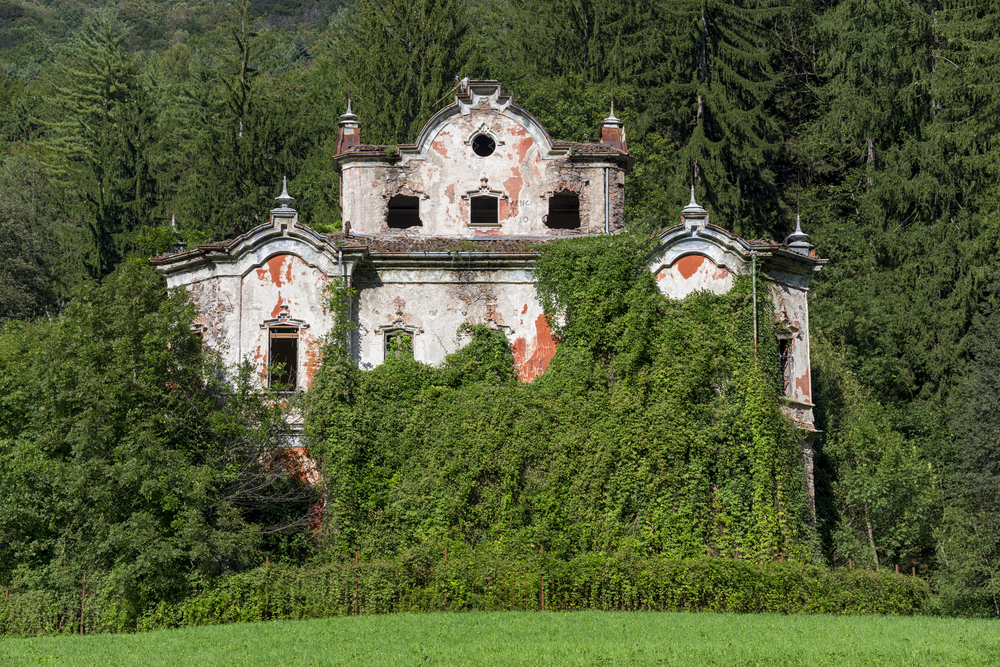
Known as the “Ghost Mansion of Italy,” Villa de Vecchi was built in the 1850s by Felix de Vecchi, an Italian aristocrat, as a luxurious family estate. However, tragedy struck when de Vecchi’s wife was murdered, and his daughter disappeared under mysterious circumstances. Overcome with grief, de Vecchi died by suicide, and the mansion was left to his brother, who abandoned it after World War II. The house, now in ruins, is rumored to be haunted and has remained uninhabited since the 1960s. Despite attempts to sell or restore the property, no buyers have come forward, and it stands as a mysterious and eerie landmark in Italy’s Lombardy region.
Kellie’s Castle, Batu Gajah, Malaysia
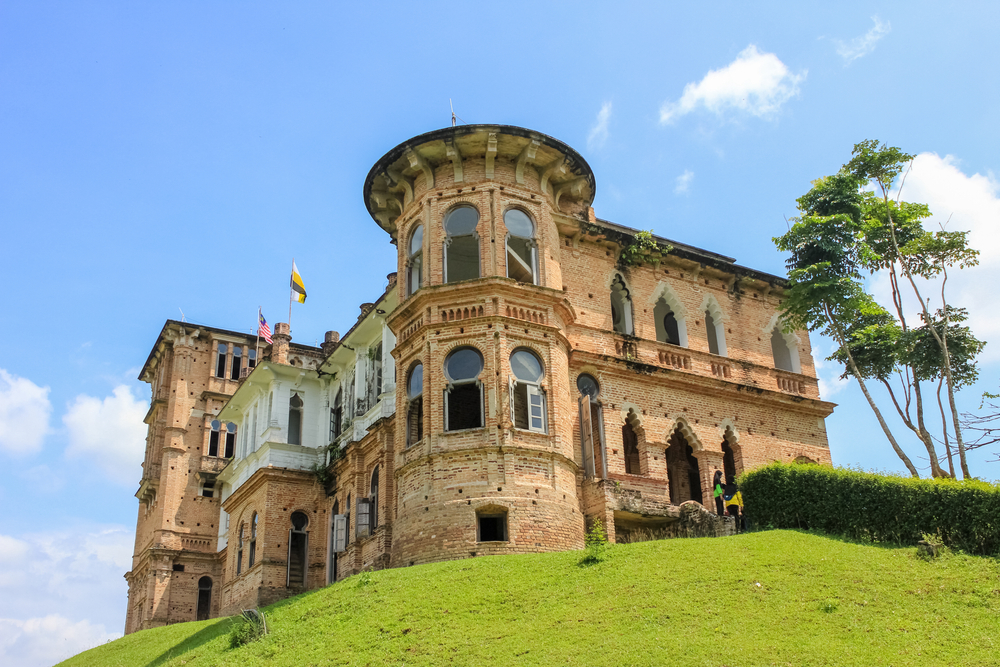
Kellie’s Castle, located in Malaysia, was the dream project of Scottish plantation owner William Kellie Smith. Built in the early 20th century, the unfinished castle was intended to feature Malaysia’s first elevator, a rooftop courtyard, and an entertainment center. However, he died suddenly of pneumonia while en route to purchase the elevator, and construction ceased. Abandoned by his family, the castle fell into disrepair and is now a popular tourist attraction. The castle is said to be haunted by Smith’s ghost, adding an eerie allure to the crumbling structure. Despite its tragic history, it remains one of Malaysia’s most fascinating and haunted landmarks.
Menlo Castle, Galway, Ireland
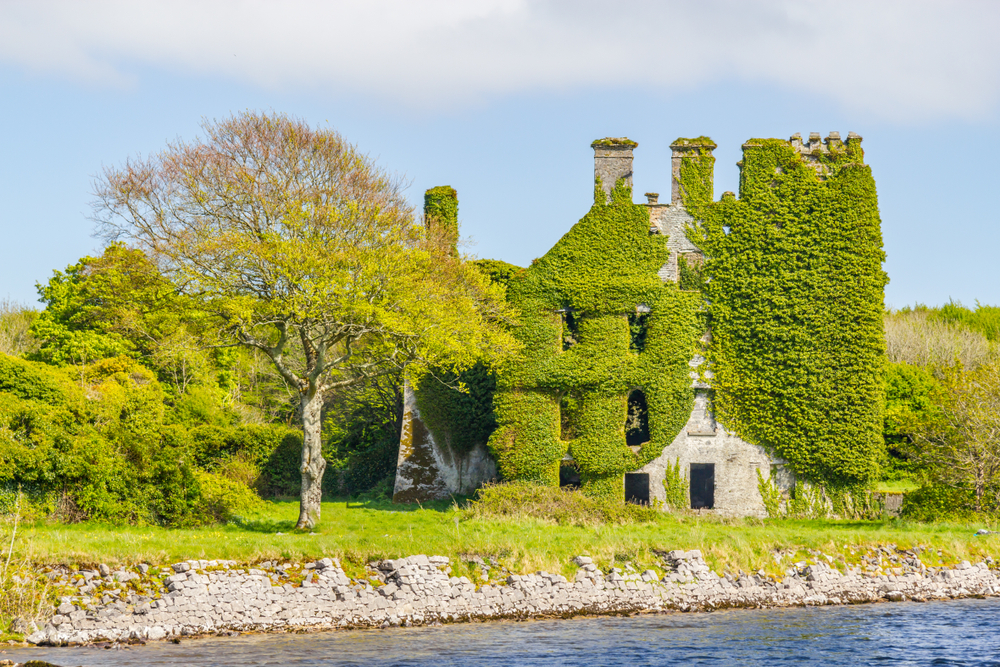
Menlo Castle, once the home of the Blake family, a wealthy English aristocratic family in Galway, Ireland, was built in the 16th century. It was a symbol of the family’s power and influence, but tragedy struck in 1910 when a fire destroyed much of the building, killing one of the Blake daughters. It was abandoned and has since become overgrown with vines, blending into the surrounding landscape. Despite its ruined state, it remains a popular site for visitors intrigued by its romantic, ivy-covered appearance. Efforts to preserve the site have been minimal, but it continues to attract attention from locals and tourists alike.
Havré Castle, Mons, Belgium
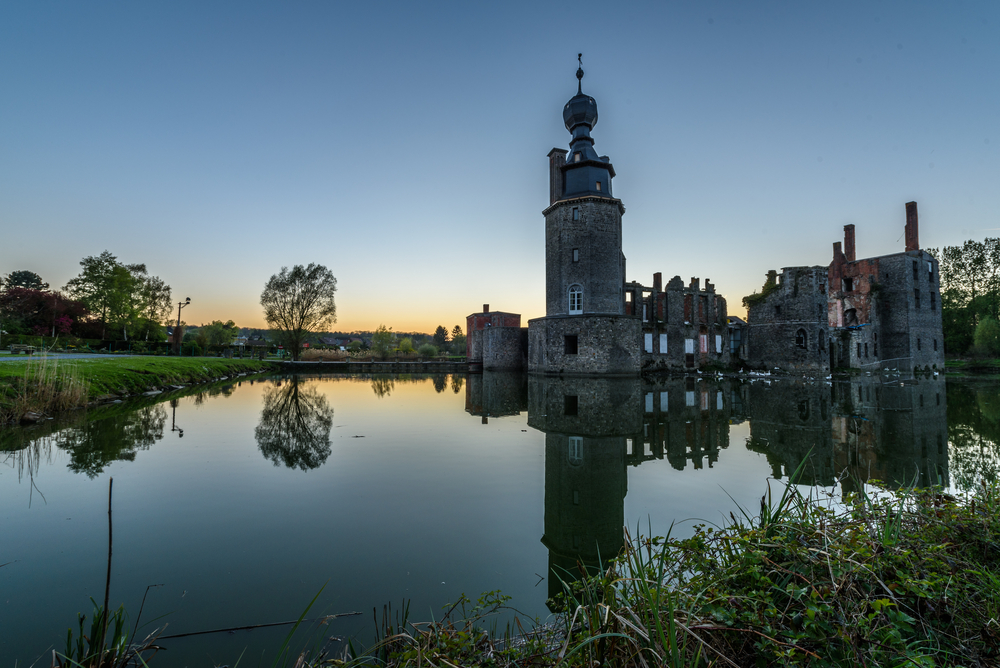
Havré Castle, located in Mons, Belgium, dates back to the 12th century and was initially a feudal fortress before being converted into a grand chateau. Throughout its history, it was owned by various noble families, hosting renowned figures such as the artist Peter Paul Rubens and Marie de Medici. Despite its illustrious past, it fell into disrepair after the 18th century, facing further damage during the French Revolution. Efforts to restore it were initiated in 1979 by local citizens, though the work remains incomplete. Today, it stands as a partially restored ruin, with its grounds open to visitors for festivals and events. The site’s blend of medieval architecture and later modifications make it an intriguing destination for history enthusiasts. Though restoration continues, the future of it remains uncertain.
Ogrodzieniec Castle, Podzamcze, Poland
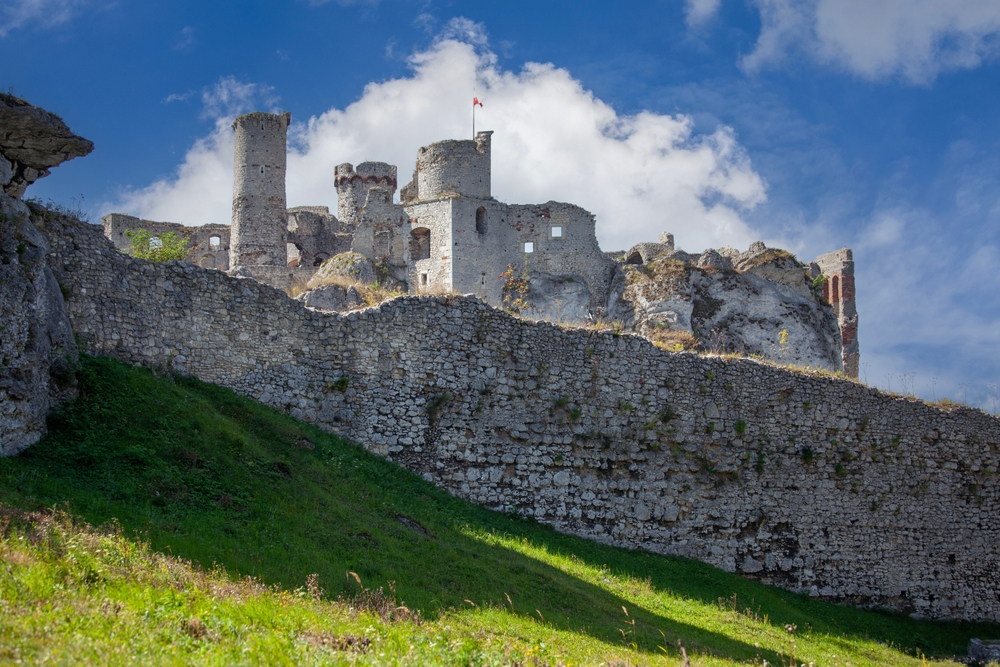
Ogrodzieniec Castle, perched atop a hill in Poland’s Jura Chain, was built in the 14th century as a formidable fortress for the Polish Crown. Its strategic location made it a key defensive structure, but the castle faced numerous attacks over the centuries, particularly during the Polish-Swedish wars. A devastating fire in the 17th century left the castle largely in ruins, and it was abandoned soon after. Despite its dilapidated state, it remains a popular tourist attraction, with its dramatic silhouette inspiring filmmakers and artists alike. In fact, it has appeared in numerous films, including Roman Polanski’s The Revenge and a music video by Iron Maiden.
Caerlaverock Castle, Dumfries, Scotland
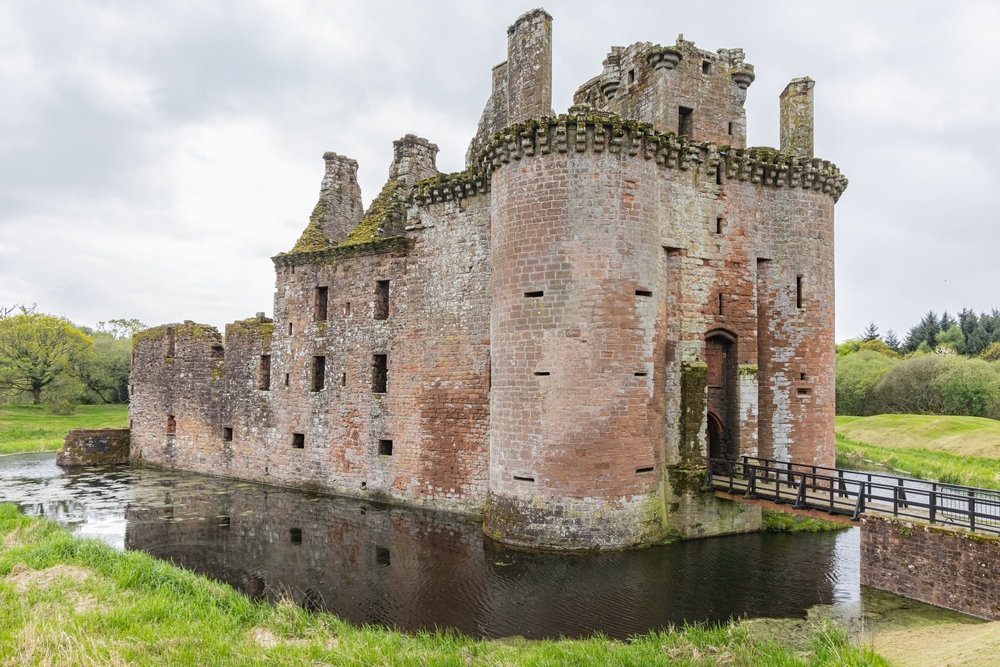
Caerlaverock Castle, located in Dumfries, Scotland, is a unique triangular fortress surrounded by a moat, dating back to the 13th century. It was a site of numerous battles, including sieges by the English during the Wars of Scottish Independence. In the 17th century, the castle was abandoned after sustaining damage during the Civil War, leaving it to deteriorate. Today, its picturesque ruins are a popular destination for tourists, offering a glimpse into Scotland’s turbulent medieval past. It is known for its imposing twin-towered gatehouse and its strong defensive walls. Visitors can explore the remains and learn about medieval warfare through informative exhibits on-site. While it may no longer stand in its full glory, its ruins continue to inspire fascination.
This article originally appeared on Rarest.org.
More from Rarest.org
10 Endangered Cultural Practices Preserved by Indigenous Tribes
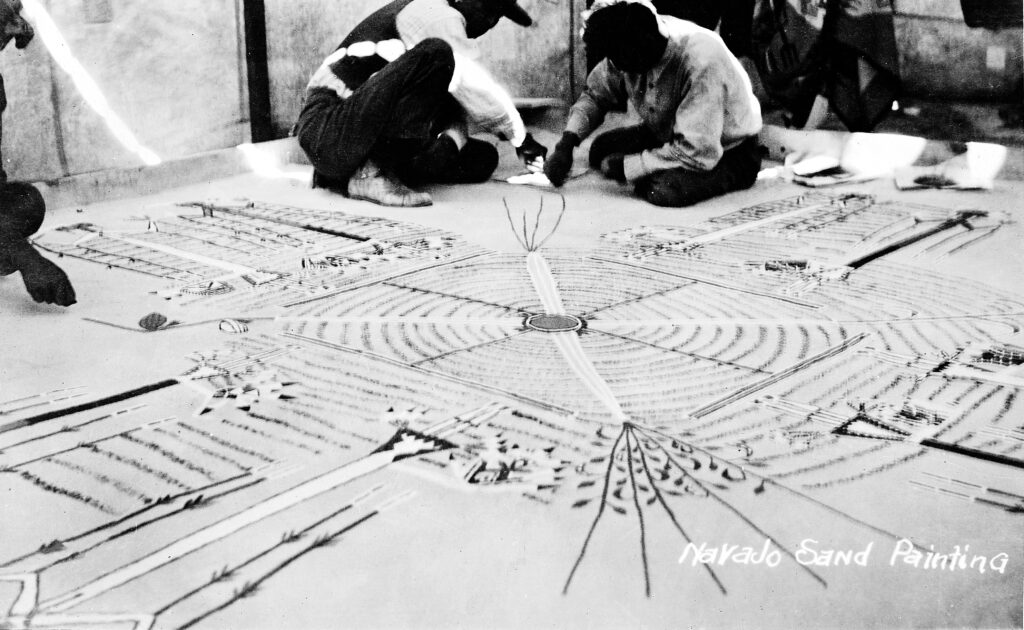
Indigenous tribes around the world hold a wealth of cultural practices that have endured for generations. Many of these traditions are at risk due to modernization, environmental changes, and external pressures. However, tribes continue to preserve these practices, ensuring that their heritage remains alive. Read More.
9 Enigmatic Deep-Sea Creatures That Glow in the Dark

The deep sea holds some of the most fascinating creatures on Earth, many of which have developed the ability to glow in the dark. These bioluminescent animals use their light-producing capabilities for a variety of reasons, including attracting prey, camouflage, or communication. Read More.
12 Classic Cars Abandoned in Barns Now Worth Millions

Classic cars often carry a unique charm, but some of the most iconic ones have been left abandoned in barns, forgotten for decades. Hidden away and covered in dust, these cars have gained new life, becoming treasures worth millions. Collectors and enthusiasts are now discovering these relics, restoring their former glory, and witnessing their value skyrocket. Read More.
